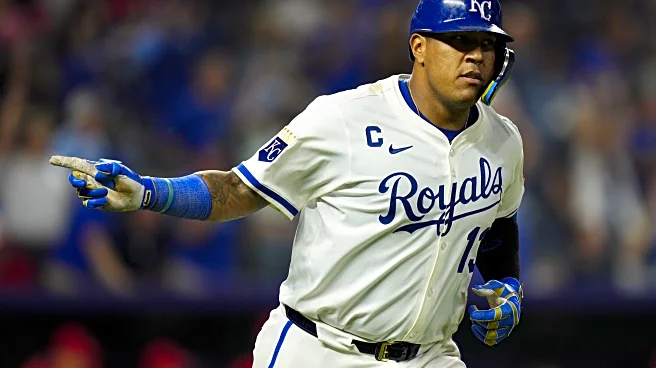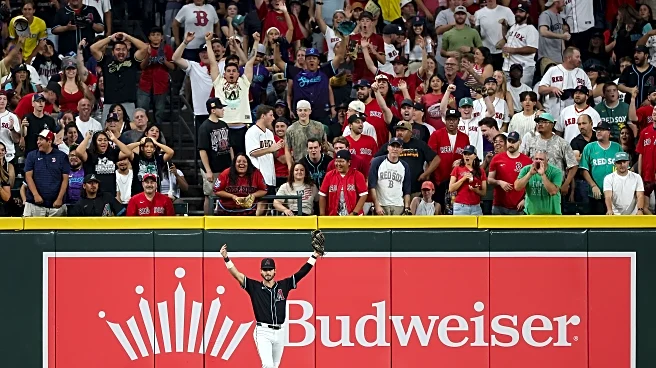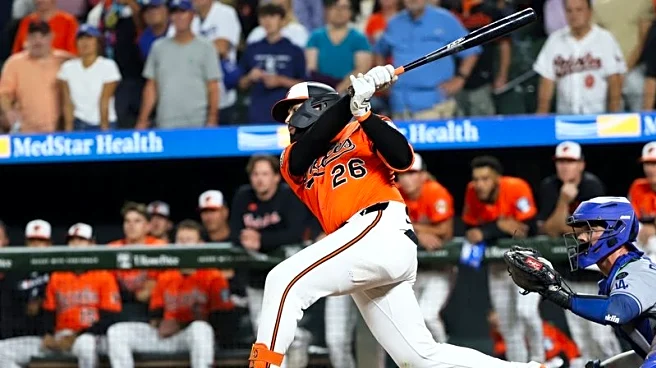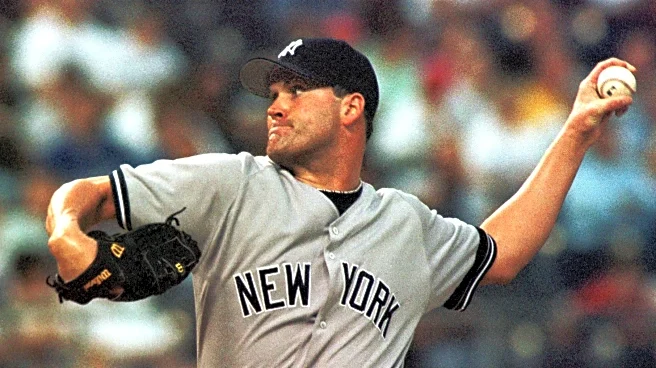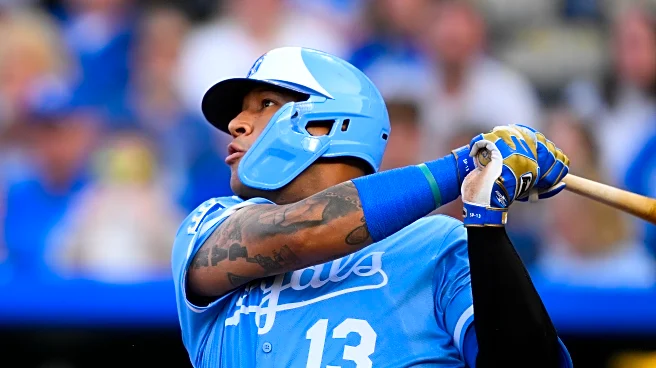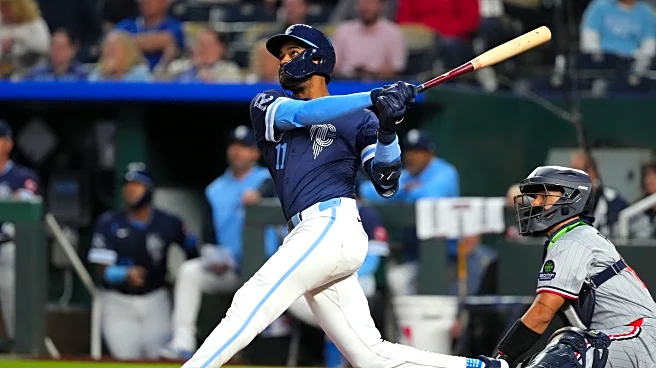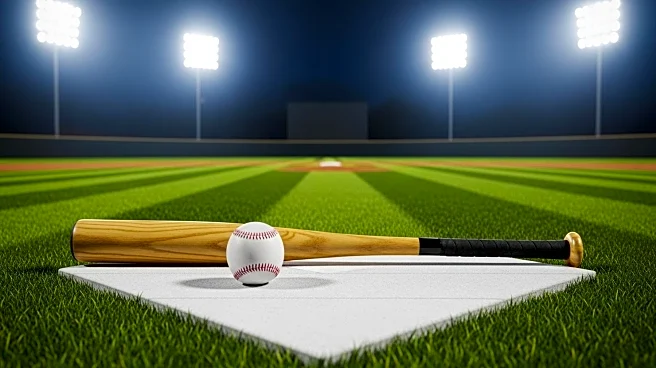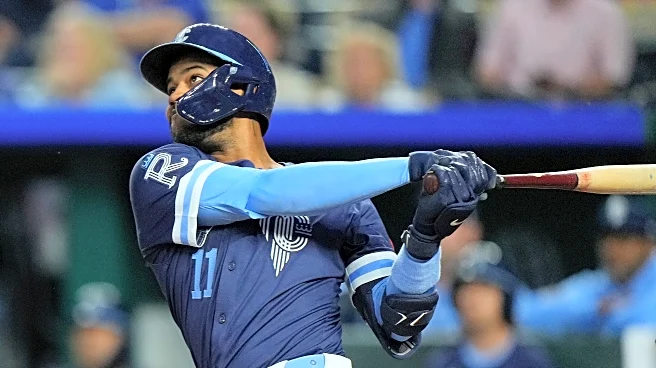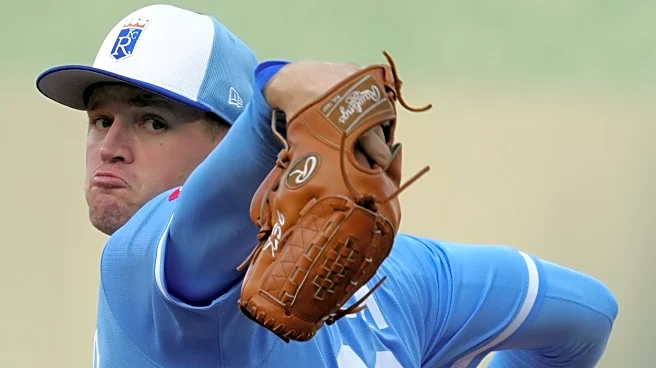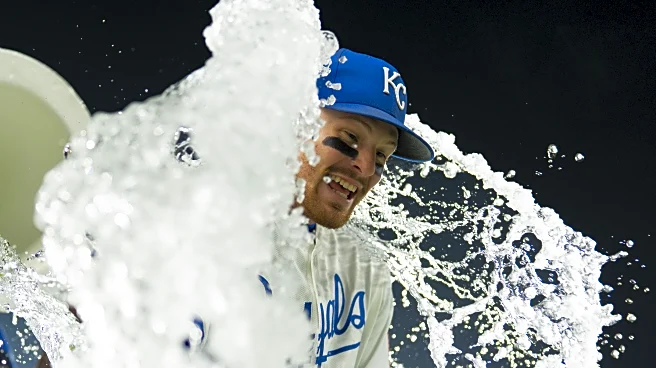
Swiss psychologist Hermann Rorschach created an inkblot test in 1921. The test, known widely as the Rorschach test, features 10 symmetrical inkblot images. Each image is shown to a subject, who describes what they see in the image and why it prompted them to think the way they do. The test isn’t really about the inkblots: it’s about the response.
Maybe we should start calling Salvador Perez “Rorschach,” because more and more I feel that Salvy is a baseball inkblot test as much as he is a player. That
is because your response to Perez tells more about you than his play can tell about himself.
Nowhere is this more obvious than in the Hall of Fame discussions that pop up when baseball folks look back at Salvy’s career. Some people think that Sal is a shoo-in for the Hall of Fame. Others think that there is no possible way that he makes it. Others are in a “wait and see” mode. While there are usually healthy discussions about a player’s Hall candidacy, the opinions about Salvy range the entire gamut in a way that you just don’t see very much.
Fortunately, we don’t have to solve that problem today. The Royals don’t have to solve that problem today. But the Royals do have to decide what to do with Salvy once the season closes. See, Salvy is technically not under contract past this season. His most recent extension runs out this year. However, the Royals do have a 2026 team option for $13.5 million that they must decide to pick up or decline.
And this is where Salvador Perez, Rorschach, comes into play. Why pick up that option? He’s a Kansas City sports legend who can still contribute, is happy where he is, and wants to win. He’s a leader in the clubhouse and in the community. No one is ready to step up and take Salvy’s mantle. You can count on Salvy to provide 25-home run power in the middle of a lineup. And since he’s owed $2 million if Kansas City decides to buy him out, the question then goes to whether they can spend only $11.5 million on a difference-maker.
So why on earth might the Royals decline that option? There are two main reasons. First, that the Royals are not and will not be a team that has mountains of cash to spend. John Sherman and the ownership group have put their money where their mouths are, but there is no way this team is running a $150 million payroll. A $13.5 million contract is probably going to be a full 10% of the team’s payroll. That’s no small matter.
The other reason is that Salvy’s power is the only reliable tool available to him. His last Gold Glove season was seven years ago, and he is a very poor pitch blocker and pitch framer. He is obviously not particularly fleet of foot. Most importantly, Salvador is very, very bad at the most important offensive skill a player can have: getting on base. He ranks 146th out of 151 qualified players in on base percentage this year, and he ranked 128th out of 134 qualified batters in 2023. All told, he has only been worth 0.5 Wins Above Replacement per Fangraphs. Baseball-Reference has him even lower at 0.1 WAR.
And then, you layer in aging. Next year, Salvy will be in his age-36 season, rarified air for baseball players. This year, there have been 12 players at or older than 36 years old. Only one of them has a wRC+ higher than 106, and only two of them have reached the 1.0 fWAR mark on the season. Considering his play this year, the chances that Salvy is good next year, in other words, are just not very good.
I do not envy JJ Picollo or the Royals front office here. Moving on from Salvy would be a bad move in the eyes of many fans. But for all of Perez’s strengths, regular playoff teams simply do not have cleanup hitters who have an OBP of .280. Leaning so heavily on Salvy and his objectively below average hitting is part of why the Royals have not improved from last season.
Now, I think keeping Salvador Perez for the 2026 season is better than seeing him leave. But I also think that Salvador Perez is not a $13.5 million player next year. Maybe the best way to do this would be to give him a final extension worth, say, $15 million: $6 million guaranteed each in 2026 and 2027, and a $3 million buyout in 2028 for a mutual option that won’t get picked up. Something like that.
The most likely scenario is that the Royals pick up Salvy’s option and kick the can down the road. It’s not the worst idea; on the open market, I don’t know if Salvy hits $13.5 million, but he could hit $8 to $10 million on a one-year deal.
But it’s just hard to know what Salvy’s value is, because he’s played for the Royals his entire career and Kansas City values him more than what he brings every day for a few hours on a baseball field. What we do know is that Salvy will continue to be expensive next year, and we know that every baseball player ages out of the game. Would Salvy be more of a hindrance than a helper next year under his existing option? Rorschach has a test for you.
